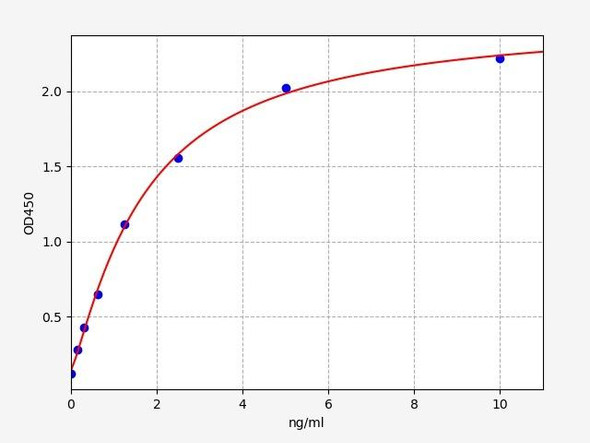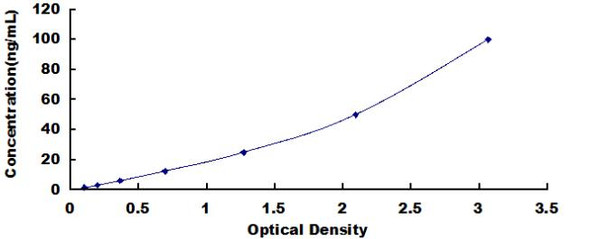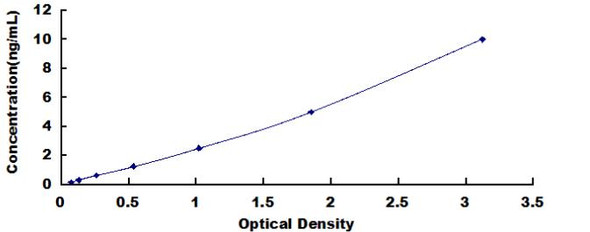Human Protein kinase C-binding protein NELL1 ELISA Kit
- SKU:
- HUEB2731
- Product Type:
- ELISA Kit
- Reactivity:
- Human
- Sensitivity:
- < 0.046 ng/mL
- Range:
- 0.156-10 ng/mL
Description
Human NELL1 ELISA Kit
The Human Protein Kinase C Binding Protein NELL1 ELISA Kit is a reliable and accurate tool for detecting levels of NELL1 in human serum, plasma, and cell culture supernatants. With its high sensitivity and specificity, this kit provides consistent and reproducible results, making it perfect for a variety of research applications.NELL1, also known as Protein Kinase C Binding Protein, plays a crucial role in cell signaling and growth regulation. Its involvement in various cellular processes makes it a valuable biomarker for studying conditions such as cancer, cardiovascular diseases, and neurodegenerative disorders.
By accurately quantifying NELL1 levels, researchers can gain valuable insights into disease mechanisms and potential therapeutic targets.Overall, the Human Protein Kinase C Binding Protein NELL1 ELISA Kit is a valuable tool for researchers looking to study the role of NELL1 in various health conditions and develop innovative treatment strategies.
| Product Name: | Human Protein kinase C-binding protein NELL1 ELISA Kit |
| Product Code: | HUEB2731 |
| Alias: | Nel-related protein 1,NEL-like protein 1 |
| Reactivity: | Human |
| Sensitivity: | <0.046 ng/mL |
| Range: | 0.156-10 ng/mL |
| Intra-Assay CV: | ≤5.4% |
| Inter-Assay CV: | ≤8.0% |
| Spike Average Recovery: | 97% |
| Note: | For research use only |
- Reconstitute the Standard with 1.0 mL of Sample Diluent. This reconstitution produces a stock solution of 10 ng/mL
- Allow the standard to sit for a minimum of 15 minutes with gentle agitation prior to making serial dilutions (Making serial dilution in the wells directly is not permitted)
- The undiluted standard serves as the high standard (10 ng/mL)
- The Sample Diluent serves as the zero standard (0 ng/mL)
 |
| Results of a typical standard curve are provided for demonstration only and should not be used to obtain test results. A standard curve must be run for each set of samples assayed. |













